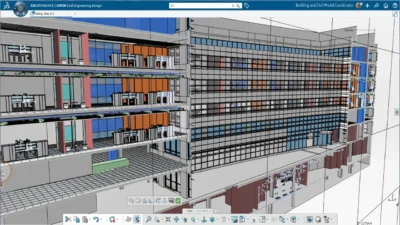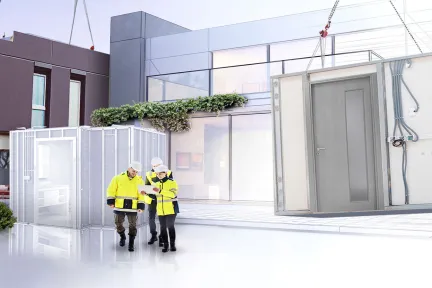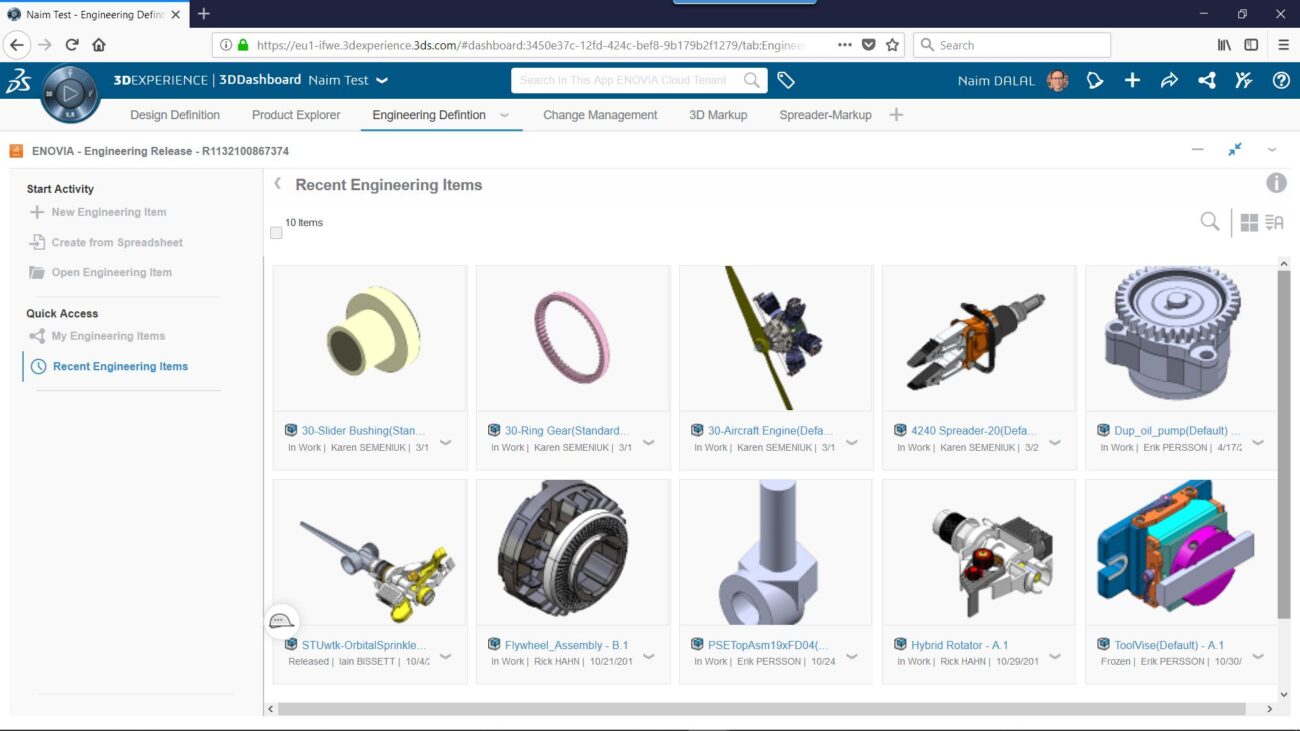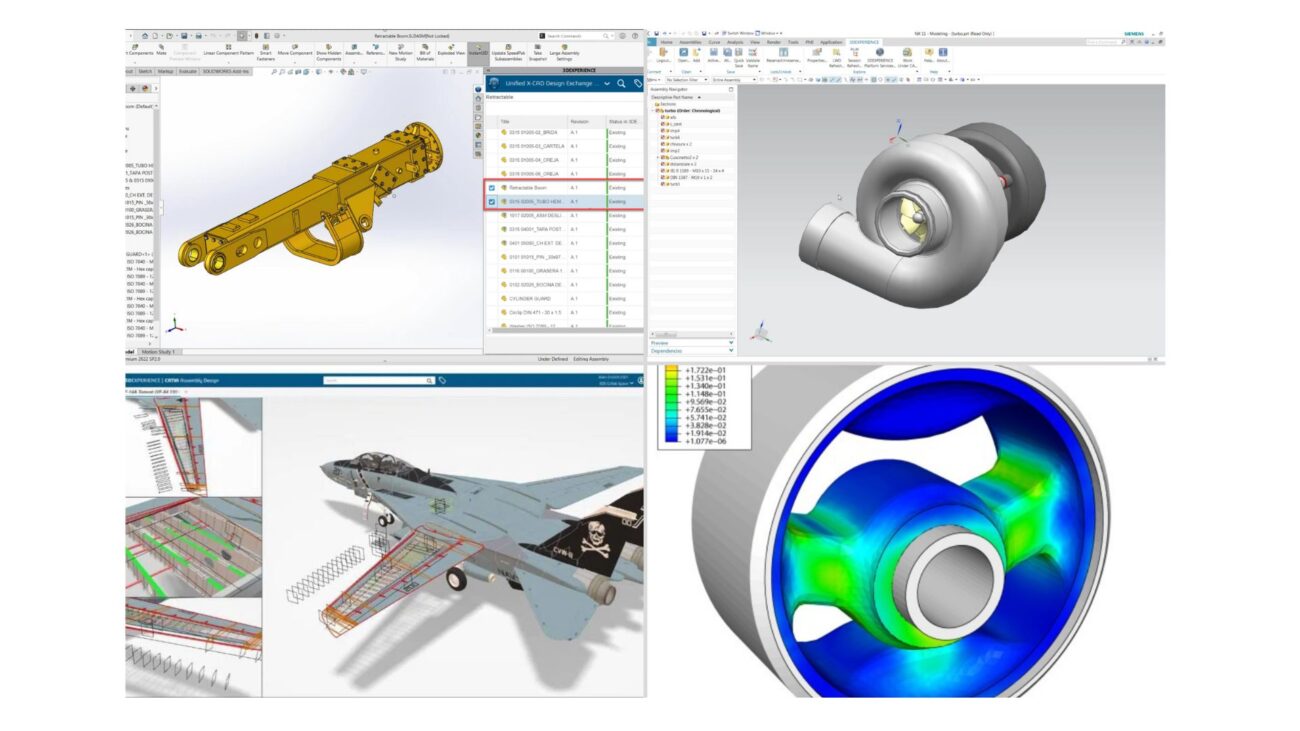As civil engineering continues to evolve, the field is being reshaped by integrating advanced technologies that are pushing the boundaries of what is possible. Among the most transformative are simulation and modeling techniques, which are increasingly vital in designing, testing, and executing civil engineering projects. These technologies, once novel, are now becoming central to how engineers approach complex challenges, offering unprecedented accuracy and efficiency.

The Rise of Simulation and Modeling in Civil Engineering
Modeling and simulation technologies are no longer just supplementary tools but are becoming an essential part of design and evaluation in civil and structural engineering. Modeling and simulation methods such as Finite Element Analysis (FEA) and Computational Fluid Dynamics (CFD) enable engineers to create virtual models of structures and systems, allowing for extensive testing and optimization before any physical construction begins. The ability to simulate various environmental conditions and stresses on a structure helps engineers design more resilient, cost-effective, and sustainable infrastructure. According to a Market Analysis Report by Grand View Research, the global simulation software market was valued at approximately $19.4 billion in 2022, and it is expected to grow at a compound annual growth rate (CAGR) of 12.7% from 2023 to 2030. This growth is largely attributed to the rising demand for virtual prototyping and testing, which allows companies to reduce costs and time associated with physical testing, a clear challenge in Civil Engineering.

Transformative Applications in Civil Engineering
In practice, these modeling tools are applied across a wide range of civil engineering projects. FEA is commonly used to analyze the strength and durability of bridges and high-rise buildings, ensuring they meet safety standards under various loading conditions. The simulations can be performed for loading conditions, including but not limited to dead weight, wind load, seismic loads, thermal loads, and temperature changes. Simulations can provide detailed insight into the deformation and crack propagation in the concrete structure. CFD is instrumental in optimizing the design of structures like dams, water treatment plants, and ventilation systems by simulating fluid dynamics.
Conclusion
The future of civil engineering is poised for transformation through the continued adoption and advancement of simulation and modeling technologies. As these tools become more sophisticated, they will enable engineers to create safer, more efficient, and more sustainable infrastructure. The increasing reliance on these technologies will not only enhance the capabilities of civil engineers but also redefine the very nature of how we build and design our world.

References
1. Simulation Software Market Size, share & Trends Analysis Report by component (Software, Service), by deployment, by application, by end-use (Conventional automotive, healthcare, aerospace & Defense), by region, and segment Forecasts, 2024 – 2030. (n.d.). https://www.grandviewresearch.com/industry-analysis/simulation-software-market
2. American Society of Civil Engineers (ASCE). (2023). Step into the future: Civil engineers release visualization tool for engineers to imagine a Mega City in 2070. Retrieved from https://www.asce.org/publications-and-news/civil-engineering-source/2023/08/04/step-into-the-future-civil-engineers-release-visualization-tool
About US:
Vias3D Engineering and Simulation team combines decades of design, modeling, and engineering experience in various software. Using their expertise, they have successfully created accurate and durable models for projects in Civil Engineering, streamlining and adding efficiency to the design process. Our design and analysis capabilities are accomplished through advanced engineering modelling techniques such as Finite Element Analysis (FEA), Computational Fluid Dynamics (CFD), Electromagnetics (EMAG) and other tools.




